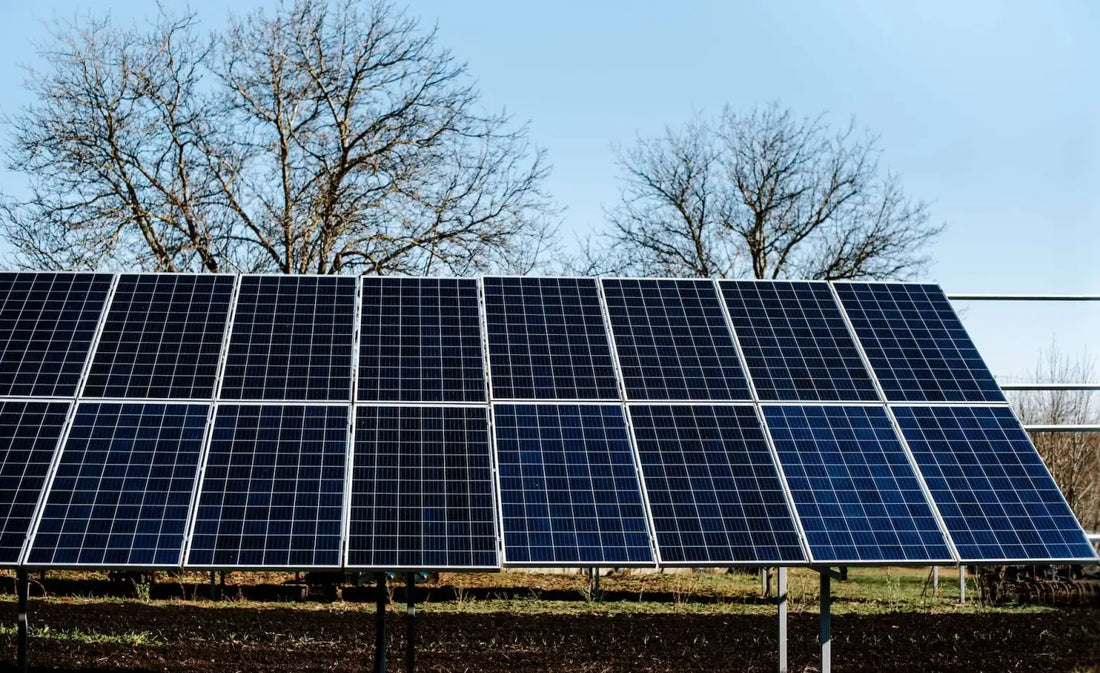
The Future of Solar Energy in Australia: Industry Trends, Government Policies, and Emerging Technologies
The adoption of solar energy in Australia has been on an unprecedented rise, with a growing number of households and businesses embracing renewable energy sources for a more sustainable and environmentally friendly future. Green Bank, a leading provider of solar panels, lithium batteries, inverters, and off-grid solar systems, is committed to helping Australian homeowners tap into the vast potential of solar energy while providing essential information, guidance, and support to help them make informed decisions and optimise their solar power systems.
As the solar energy landscape in Australia continues to evolve, it’s crucial to stay informed about the latest industry trends, government policies, and emerging technologies that are shaping the future of solar energy adoption across the country.
In this insightful blog post, we will delve into the various factors that will influence the growth and development of solar energy in Australia over the coming years. We will discuss current industry trends, including an increasing focus on residential and commercial installations, energy storage technology advancements, and new solar panel manufacturing sector developments. Additionally, we will explore how government policies and incentives promote the deployment of solar energy systems and look ahead to the emerging technologies that could revolutionise how we harness the sun’s power.
Current Trends in Australia’s Solar Energy Industry
Several trends are shaping Australia’s solar energy industry, further driving the adoption of solar power systems in both residential and commercial settings:
– Residential and Commercial Installations on the Rise
The demand for residential and commercial solar solutions continues to grow, driven by factors such as rising electricity costs and increasing consumer awareness of the financial and environmental benefits of solar power. This trend is expected to continue, with both small-scale and large-scale installations contributing to Australia’s renewable energy transformation.
– Advancements in Energy Storage Technology
As more Australians turn to solar energy, there is a growing emphasis on efficient energy storage solutions, such as lithium batteries. These advanced storage options enable homeowners and businesses to maximise their solar power systems’ capacity, ensuring that energy generated during daylight hours can be effectively stored and utilised even after sundown.
– Innovations in Solar Panel Manufacturing
With many industry players competing within the solar panel market, manufacturers are continuously seeking innovative ways to improve their solar panel designs and features, such as increased efficiency rates, reduced costs, and enhanced durability. These innovations bode well for the future of solar energy in Australia, as they make solar power systems more accessible and effective.
Government Policies and Incentives Promoting Solar Power
Australian government policies and incentives play a vital role in encouraging solar energy adoption and supporting industry growth:
– The Renewable Energy Target (RET)
The Renewable Energy Target (RET) is a government initiative designed to increase Australia’s renewable energy generation to 33,000 gigawatt-hours (GWh) by 2020. This target has contributed to the widespread growth of renewable energy capacity across the country, including solar power installations.
– Small-Scale Renewable Energy Scheme (SRES)
The Small-scale Renewable Energy Scheme (SRES) provides financial incentives to households and businesses to install small-scale renewable energy systems, including solar panels and solar water heaters. This scheme helps make solar power systems more affordable and accessible for Australians.
– Feed-in Tariffs (FITs)
Feed-in tariffs (FITs) are another government-supported initiative, incentivising solar power system owners for the excess energy they feed back into the grid. By offering financial rewards for surplus solar power generation, FITs encourage Australians to invest in solar power systems and contribute to the national energy grid.
Emerging Solar Technologies Shaping the Future
Several technologies are emerging on the horizon, promising to revolutionise the solar power landscape in Australia and around the world:
– Perovskite Solar Cells
Perovskite solar cells are considered a breakthrough in solar energy generation due to their efficiency and low production costs. These cells have the potential to significantly increase the energy conversion rate of solar panels, making solar power systems even more effective and sustainable.
– Floating Solar Farms
Floating solar farms, also known as “floatovoltaics,” capitalise on the surface area of large bodies of water, like reservoirs and dams, for solar panel installations. This technology not only creates additional avenues for renewable energy generation but also helps reduce water evaporation and algae growth in these waterbodies.
– Solar-Integrated Building Materials
Solar-integrated building materials, such as solar roof tiles or solar glass, can seamlessly replace traditional building materials while generating clean energy. These innovative materials can contribute to both the aesthetics and the efficiency of solar-powered buildings and homes.
Conclusion
The future of solar energy in Australia is indeed promising, with industry trends, government policies and incentives, and emerging technologies shaping a brighter, more sustainable future for generations to come. By staying informed about the advancements within the solar energy landscape and partnering with an experienced solar provider like Green Bank, Australian homeowners and businesses can continue to reap the financial, environmental, and social benefits of solar power systems.
At Green Bank, our commitment to providing high-quality solar panels and other solar solutions remains steadfast. With our expert guidance and support, you can make informed decisions, optimise your solar power system’s performance, and contribute to a cleaner, greener, and more sustainable future for all Australians.


